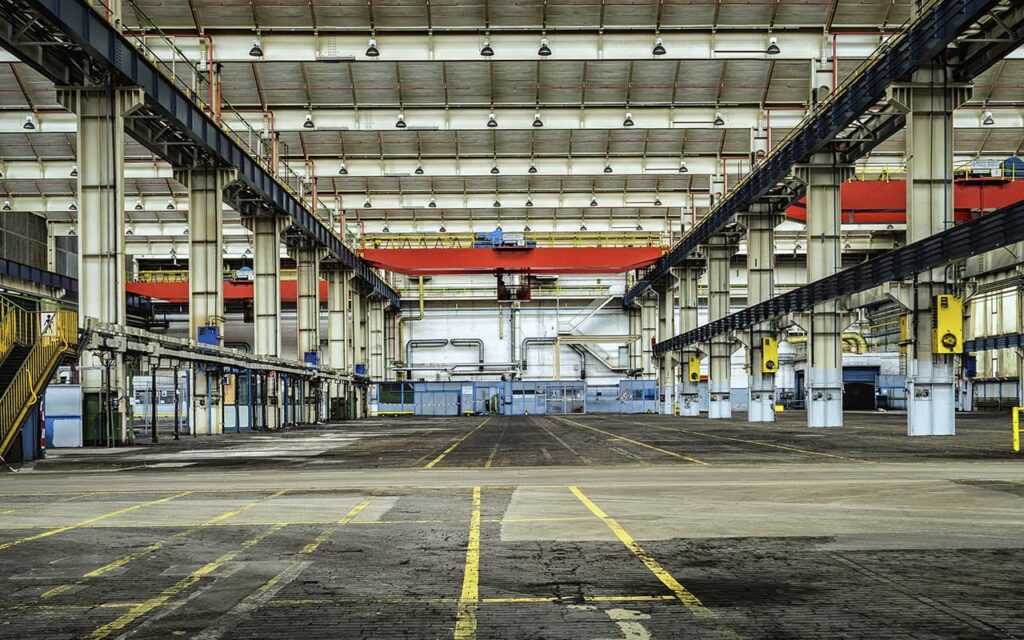Industrial archaeology is the study of significant industrial sites, artifacts, structures, and technologies. It also focuses on the interpretation and preservation of sites and information for future generations. Archaeologists look at the material evidence left behind by industry, which can include buildings, machinery, artifacts, tools, documents, and most any other items that were used to produce, manufacture, or transport products in the past. This can include mills, dams, power plants, worker housing, steel mills, factories, warehouses, and other ancillary structures. Other topics investigated by industrial archaeologists include mines, quarries, landscapes, canals, railroads, roads, communities, bridges, tunnels, and utilities such as water, sewage, electricity, and gas. Industrial archaeology developed as a specialized field in the 1950s in the United Kingdom and eventually made its way to the United States. Archaeologists and historians needed a way to record our nation’s industrial history before it disappeared. More and more structures associated with past industry continue to disappear due to fire, abandonment, and demolition. Today, legislation has been passed to help protect many of our historic sites.
One of the earliest federal preservation programs in the United States came about in 1933 when the Historic American Buildings Survey (HABS) was created. This program aims to document the history of our country’s architecture. The National Register of Historic Places was formed under the National Historic Preservation Act of 1966 and is an asset for registering and preserving historic structures. Another program emerged in 1969 with the development of the Historic American Engineering Records (HAER), which focuses on historic structures and sites related to industry and engineering. In 1971, the Society for Industrial Archaeology was founded and has played a key role in bringing attention to the recording and preservation of the industrial history of the United States. While documenting the historic Columbus dams, we were required to create HAER architectural drawings.
Archaeologists from Southern Research, HPC, Inc. used a variety of methods while researching, documenting, and interpreting the historic wooden dams on the Chattahoochee River in Columbus, Georgia. This included HAER documentation, numerous photographs, detailed maps, surveys, LiDAR scans, side-scan echo sounder, dive teams, and visual inspection. We hired Richard Anderson and Brian Grogan to assist in this process. Mr. Anderson has a long history of creating detailed HAER drawings and Mr. Grogan has experience in photographing historic sites and structures. These drawings and photographs will be preserved at the Library of Congress for future generations to research. These methods are just some of the ways archaeologists have helped preserve Columbus’ industrial history. Structures associated with the dams still exist today. Several buildings still exist from the textile industry, which provided jobs for the community by manufacturing products that supplied local, regional, and international businesses. Evidence of these mills can be seen in the Eagle and Phoenix Mills and the City Mills. The two power plants for Eagle and Phenix Mills are still standing, and at City Mills, the turbines can still be seen under the structure.
To help record Columbus’s industrial history, the team from Southern Research was able to locate historic dams that were built as early as 1828 at City Mills and as late as 1844 at Eagle and Phenix. The stone dams that can be seen today are not necessarily representative of the dams of the past. Older dams were wooden and not all of them spanned the river. Mills used to use wing dams or weirs to collect water to drive a water wheel.
Community leaders in Columbus, Georgia, recognized early on the need to preserve the city’s historic landmarks and began the process long before any stone dams were breached. Detailed drawings, maps, and research will be a source of information for generations to come. The Society for Industrial Archaeology, as mentioned earlier, brings together representatives of many professions, such as archaeologists, architects, engineers, museum professionals, industrialists, historians, teachers, and more, to help bring attention to and preserve our nation’s industrial history.
